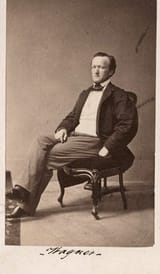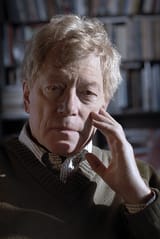>>24655016 (OP)
Wagner perceived that the drama of The Ring, whose characters inhabit the landscape of the hunter-gatherer, required him to reinvent such a natural world. The forests and rivers, the fires and storms, the dragons and mermaids, the voices of the woods and the birds—all these are recreated in The Ring, with a freshness and poetry that owe everything to music, but with a directness that recalls the rich tradition of German children’s literature. (All children have been brought up on this literature, even those who have never read a word of it, since it is the literature that created childhood. Christmas is only one of its many by-products.) The god-haunted, dream-enchanted landscape of The Ring is the first thing that modern producers hasten to air-brush from the story. For it creates the context for religious awe.
Looked at in that way, we can see Wagner’s Ring cycle as a bridge between two far more humble productions: Grimm’s fairy tales and the Lord of the Rings. Grimm influenced Wagner and Wagner made Tolkien possible. Indeed the emotions that are stirred by the cinematic realization of Tolkien’s rambling story are a faint echo of what would be felt, were The Ring to be performed as Wagner intended, with every single stage direction realistically obeyed. This would be the film to end all films, the Gotterdammerung of our modern era, in which Wagner’s moral would be apparent even to the unmusical. And almost certainly it would be banned.
Tolkien’s passion for the medieval world arose, like Wagner’s, from a lifelong religious quest. Unlike Wagner, however, Tolkien did not have the ability to remake the religious experience through art. He remained a ‘good sad Christian at heart’, but with a talent for pagan fairy tales. His novel has smatterings of the great conflict between good and evil, and an abundance of mysteries. But it does not re-create the experience that Wagner has always in mind in the tetralogy, which is the experience of the sacred. The Ring is not merely the greatest invocation of primeval Nature and the hunter-gatherer world in modern art. It also abounds in moments of genuine religious awe: Brunnhilde’s announcement to Siegmund of his impending death; Sieglinde’s blessing of Brunnhilde; Wotan’s farewell; Siegfried’s first encounter with Brunnhilde—and so on. Virtually all the turning points of the drama are conceived in sacramental terms; they are occasions of awe, piety and transition, in which a victim is offered and a promise of redemption received.





